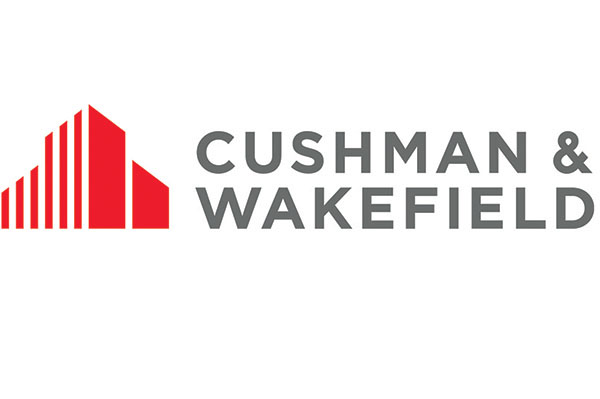Cushman & Wakefield report says there is no sign of slowing in the industrial real estate market
The ongoing strength of the industrial real estate market was apparent in the first quarter, according to data issued in research recently published by Cushman & Wakefield.
The firm pointed to various market indicators, including strong absorption rates, rental rates, declining vacancies, new deliveries, and construction as examples of a strong market.
In the first quarter, Cushman & Wakefield said that United States industrial markets absorbed 56.9 million square feet, which marks the fourth strongest start to a year in the last 30 years, with 2016, a record year, and previous cycle highs in 2007 and 1999 seeing higher absorption rates. The southern and western regions of the U.S. had the highest absorption gains, with the northeast seeing the highest annual improvement.
Other notable first quarter figures cited by the firm included:
- rental rates continue to run, reaching a record high of $5.99 per square foot (psf), a 5.4% increase over the $5.68 psf of Q1 2017. Of the 79 markets tracked by Cushman & Wakefield, 59 markets saw an increase in rental rates year-over-year.
- industrial vacancy continues to tighten to 5.0%, 30 basis points (bps) lower from this time last year, making it the new record low.
- new deliveries totaled 58.8 msf, with 73.6% being delivered on a speculative basis. The South region led the way with 21.5 msf of construction completions, followed by the West with 14.9 msf delivered.
- new construction is at a record high with 251.3 msf in the pipeline, nearly 10.0 msf higher than the 241.4 msf reported in the fourth quarter of 2017. Five markets make up over one-third of the pipeline: Inland Empire (25.6 msf), Dallas/Fort Worth (20.2 msf), PA I-81/I-78 Corridor (17.3 msf), Atlanta (16.5 msf), and Central Valley, CA (9.2 msf)
Jason Tolliver, Head of Logistics and Industrial Research, Americas, for Cushman & Wakefield, told LM a few factors paced the strong absorption figures.
“Confidence among consumers and businesses is beginning to translate into spending, and that, in turn, is moving the needle for demand of logistics space,” he said. “The economic demand drivers for industrial space look fantastic, so I expect the strong rates to continue looking forward.”
Tolliver also pointed out that e-commerce-related leasing continues to provide a boost to the level of demand Cushman & Wakefield have historically witnessed.
“In just five years, demand for e-commerce distribution space (which includes dedicated e-commerce fulfillment space and does not include shared distribution space for both direct-to-consumer fulfillment and store replenishment) has grown from less than 5% of U.S. leasing to consistently comprising 22-25% of quarterly absorption,” he said.
When asked what types of logistics stakeholders are helping to drive what Cushman & Wakefield called “broad based gains” in first quarter occupancy at 51 million square-feet for logistics product, Tolliver explained that the firm saw continued strength among third-party logistics providers and the retailers they serve, an uptick in leasing among manufacturers of all stripes, and strong demand among food and beverage firms.
With market fundamentals so strong in the form of a tight market seeing declining vacancy rates, among other factors, Tolliver said that in order to overcome the inefficiencies related to the amount of available logistics space, which the report said presents limited options for tenants seeking modern space, it comes down to delivering new product , as the market continues to be supply-constrained.
“Looking forward, demand for space is expected to remain red-hot, with occupiers facing ever-limited space options,” he said. “As a result, the pace of development will largely govern the level of absorption.”













